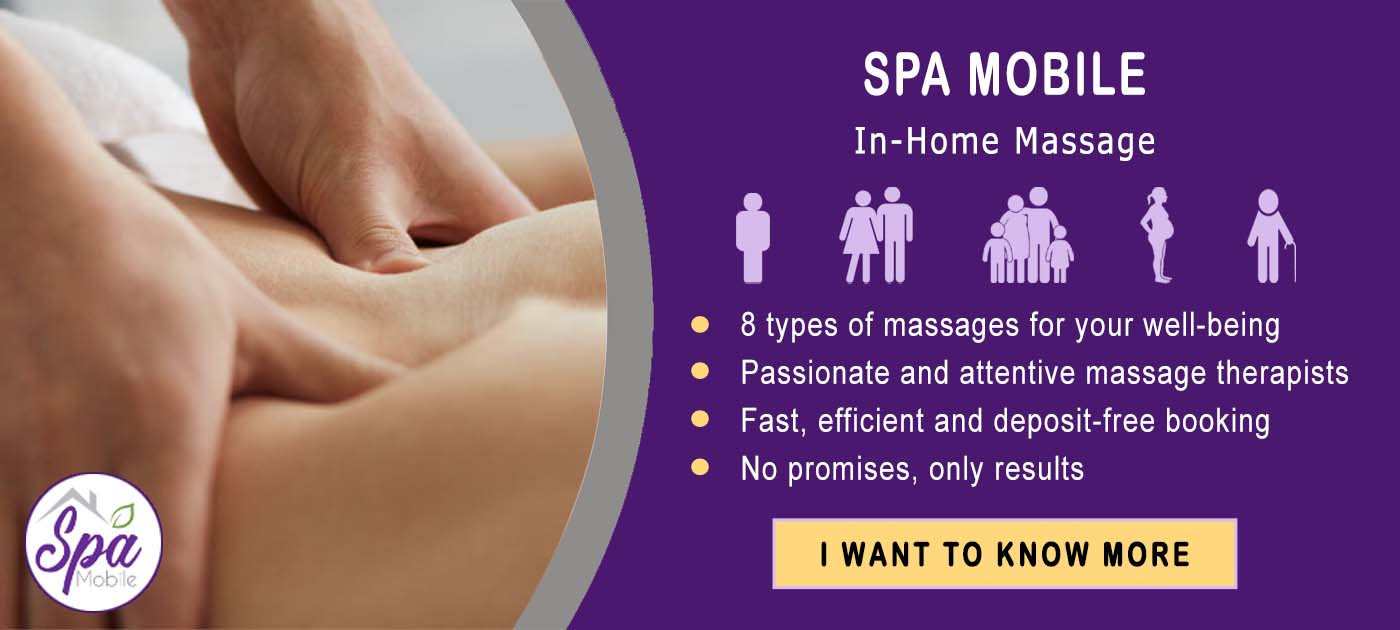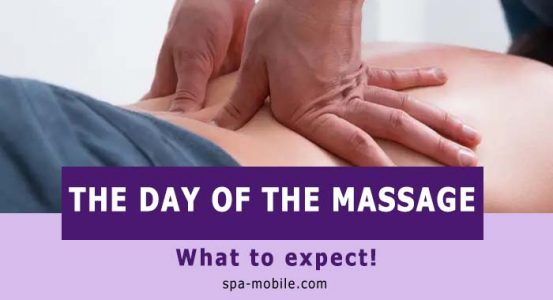Suppose you’ve had pain in your muscles, ligaments, or bones. In that case, you know that a variety of healthcare professionals are available to help with that pain and guide you back to an acceptable and functional condition.
Massage therapists, osteopaths, and physiotherapists are concrete examples. Although these specialists are accessible to most of the population, many people still do not make the most appropriate choice and are likely to obtain mixed results.
A reluctance to access these services could be due to financial or time constraints, however. In most cases, it is due to a lack of knowledge about what each profession entails and what is best suited to the person’s problem / current pain.
So, in today’s world, it becomes challenging to determine who does what and according to what benefit is sought.
And to make decision-making even more complicated, each therapist helps you differently from another, even though they’re in the same field, and probably, that’s not the answer you were hoping to hear.
What is the difference between therapeutic massage and osteopathic therapy? Let’s try to break down the similarities and differences between these two therapies so that you can make a free and informed decision.
Osteopathy
‘ osteopathy is a unique form of medical care based on the philosophy that all systems in the body are interdependent and depend on each other for good health. It is a safe and effective complementary therapy that aims to restore balance to the body.
Usually, a complication in the body can result from another part not working as freely as it should, putting more load and strain on other joints, muscles, and the spine.
To add to the problem, a restricted or injured body part forces the body to adapt and compensate, leading to inflammation, stiffness, and pain throughout.
An osteopath’s practical treatment begins with an examination of the whole body to resolve the alignment of the human body. Manual therapy is primarily noninvasive and drug-free, aimed at correcting the patient’s musculoskeletal framework. This is done by manipulating and strengthening the joints, muscles, and spine to restore altered biomechanics, decrease pain, and heal injury.
With this treatment, an osteopath can identify the source of pain by reasoning about their treatment to achieve the best results and reduce the risk of future injury or prolonged discomfort.
Assessment of the whole body, including your skeleton, joints, nerves, muscles, circulatory system, connective tissues and internal organs, is considered in managing the presented problem. Osteopaths also use their hands to apply manual therapy to reduce symptoms and improve function, but their pressure is often milder than massage therapy. Other methods are orthopedic and neurological tests, dietary advice and exercise prescription.
Osteopaths are a branch of primary health care practitioners with the skills to recognize conditions requiring medical referral. In addition, osteopaths are trained to perform standard examinations of the musculoskeletal, cardiovascular, respiratory, and nervous systems.
In other words, osteopathy:
- See the human body as a whole rather than as individual parts;
- It brings together the philosophical notions of touch, joint mobilization, manipulation of soft and visceral tissues and prescription of exercises;
- Allows finding restrictions in tissue and movement to improve circulation and alter biomechanics to help guide a unique treatment plan for each patient;
- Offers hands-on techniques, including resistance, stretching and gentle pressure, known as osteopathic manipulation techniques.
What are the conditions for consulting an osteopath?
- Spine Problems: People see an osteopath because of all types of pain along the spine, often due to their sedentary lifestyle, such as office workers who have to sit all day and not get enough exercise.
- Neck pain: People often believe that osteopaths are only for the back, but they can help you with your whole body, including your neck. Sometimes, neck pain can indicate another problem elsewhere or caused by something else, like neck pain, which could be related to shoulder movement.
- General aches: Body aches can occur for various reasons, so osteopaths examine the whole body to find the cause. Aches and pains can affect people of all ages and can be caused by something as simple as carrying a heavy bag to school all day.
- Women’s health: When a woman gets pregnant, her whole body changes with more pressure on her back and joints. This is a prevalent reason for a visit to an osteopath. With so many different ways of treating women during pregnancy, osteopaths help them make it a more comfortable experience.
- Sports injuries: This kind of injury is widespread because people often do not give their injury enough time to recover. Each injury is unique, and each person must be treated individually. Some people are advised to stop all sports and rest for a while, while for others, it is better to continue. While someone should see an osteopath for many reasons, it is best to address the issue as soon as possible.
Therapeutic massage
Therapeutic massage helps in rehabilitation, pain, and injury management by systematically assessing and treating muscles, tendons, ligaments, and connective tissue in affected areas.
Although often confused with deep tissue massage, this massage is intended as a more targeted treatment for pain and injury. Our massage therapists who use therapeutic massage need to study longer to fully understand the body’s functioning and the tissues they treat.
Therapeutic massage focuses on the parts of the body that require rehabilitation. It begins with examining the muscles, ligaments, tendons and posture. Once the massage therapist understands your issues causing the injury or pain, they perform a targeted massage of the area.
The pressure used during therapeutic massage will vary depending on what is best for treating the specific problem. The massage therapist knows very well that pain in one place can most likely have its cause in another, quite different place.
Because of this, they will want to understand your medical history, test your reflexes and range of motion, and get a feel for the muscles activated in response to stimuli from surrounding neurons.
The massage therapist will also examine your posture and check for any imbalances you may have when sitting, standing, and how you generally stand. He’ll dig deep enough into these details to determine your best possible path to recovery.
Finally, therapeutic massage is done to treat a specific injury, such as a knee, shoulder, or back. This means that you will have several sessions during which the massage therapist constantly assesses your condition and notes any improvement or deterioration.
In other words, therapeutic massage:
- Focuses mainly on the soft tissues of the body;
- Lies in the use of touch and how it can help the body to heal;
- Relieves pain associated with muscle overuse, associated with daily and work stressors;
What are the conditions for consulting a massage therapist?
Anxiety and stress: It is said that the vast majority of diseases and their complications are caused by fear and chronic stress. Massage therapy has been proven to reduce cortisol levels in the body while increasing serotonin and dopamine levels, thereby helping to relieve the stress we suffer daily and promoting perspective and clarity.
Lousy posture for long hours: The average Canadian worker sits 8 to 9 hours a day, either in front of a computer or behind the wheel, causing the shoulders to be pulled forward and the effects of rounding, stretching and weakening the muscles of the upper and lower back. Massage therapy can help relieve pain with a relaxing massage, control these postural deviations, and advise a regular exercise routine.
Lower back pain: Massage therapy addresses several musculoskeletal problems, and many people consult or consult a massage therapist for chronic lower back pain. In fact, 5 in 10 people will experience low back pain in their lifetime. Regular lower back massage can help relieve pain, and no matter if it is a deep tissue massage or a therapeutic massage lighter, lower back massage is helpful.
Muscle and joint stiffness: Many of us exercise regularly and challenge ourselves with sporting events such as marathons, cycling competitions, and extreme sports. The sports massage will help you recover from these physically challenging events, but it’s even better to incorporate it into your wellness program before each event. This will help you reduce muscle stiffness and keep your joints mobile and flexible.
Fluid retention and skin infections: The lymphatic drainage massage helps reduce swelling caused by water retention. If there is a problem in the lymphatic system, the fluid cannot move away from one area of the body, causing swelling called edema. Lymphatic massage is highly recommended if you often have a sore throat, colds, skin infections, problems with your sinuses, or persistent fatigue.
Conclusion
Whatever option you choose between massage therapy and osteopathy, the therapist must be someone who, above all, allows you to take care of your own body and thus avoid creating a need, which is a form of dependency to extract money from you in the long run.
This should be done by teaching you effective strategies for dealing with your pain and techniques for avoiding future injury or pain.
Additionally, it would be best if you tried to avoid therapists who seem to be giving you false promises of healing by doing a lot of things to you rather than teaching you, along the way, how to improve and manage your health.
Choose massage therapists who are attentive to your situation.
If you want a unique massage to relax or free yourself from pain, discomfort, or suffering, isn’t it wise and sensible to turn to massage therapists who know what they are doing? Live?





